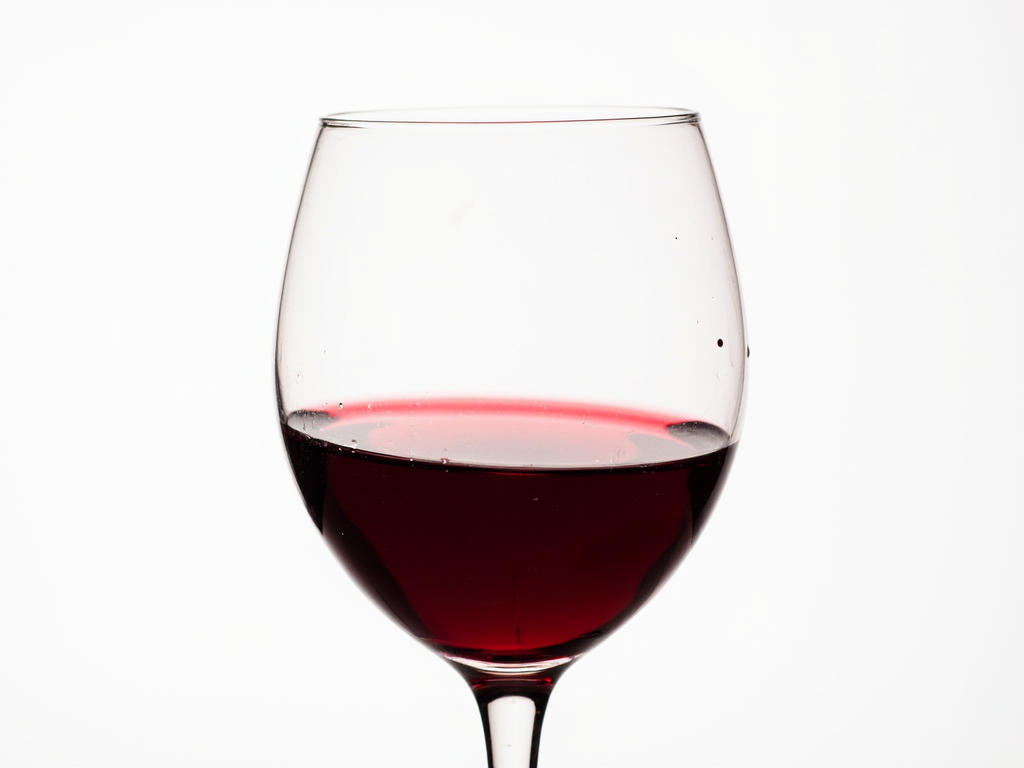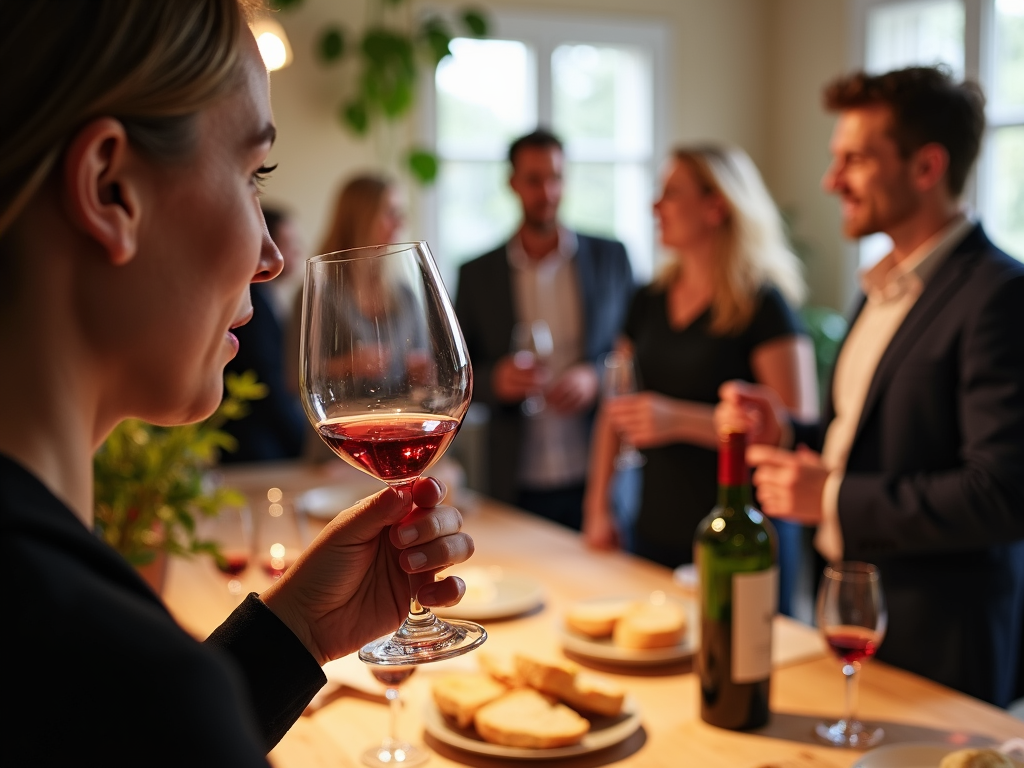A Guide to Wine Tasting: Developing Your Palate
Wine tasting is a fun and rewarding way to enjoy wine. It’s about using your senses to explore flavors, aromas, and textures. Developing your palate takes time, but it’s worth it. This guide will walk you through the basics, share techniques to improve, and offer tips for beginners.
Understanding the Basics of Wine Tasting
Wine tasting is more than drinking—it’s an experience. You use your eyes, nose, and mouth to notice details. Here’s how it works:
-
Sight: Look at the wine’s color and clarity. A young red might be bright purple, while an older one looks more reddish-brown. This hints at its age and type.
-
Smell: Swirl the glass, then sniff. You might smell fruit, flowers, or even spices. This step reveals the wine’s personality.
-
Taste: Sip slowly. Let the wine roll over your tongue. Is it sweet? Sharp? Smooth? Notice how the flavors change as you taste.
-
Touch: Feel the wine in your mouth. Is it light or heavy? Does it linger? This is called mouthfeel, and it matters.
Practice these steps, and you’ll start to understand wine better.

Techniques for Developing Your Palate
Getting better at tasting wine takes effort. Try these methods to sharpen your skills:
-
Try Different Wines: Taste reds, whites, and bubbly wines. Sample grapes from all over—like California or France—to spot differences.
-
Go to Tastings: Events let you try lots of wines at once. Experts often guide you, pointing out flavors you might miss.
-
Write It Down: Keep a notebook. Jot down what you see, smell, and taste. Over time, you’ll see patterns.
-
Learn the Basics: Know a little about wine areas and grapes. For example, Cabernet from Napa is often bold and fruity.
-
Taste Blind: Hide the label and guess what’s in the glass. It keeps you honest and focused.
-
Mix with Food: Pair wine with meals. See how a steak changes a red or cheese lifts a white.
These steps make tasting active, not passive.

Personal Insights and Experiences
I’ve loved wine for years, and tasting has become a big part of my life. One standout moment was a tasting with Jackson Family Wines. Their team poured some amazing bottles, and I got hooked. It showed me how much care goes into every sip.
I tried their Chardonnay once—crisp, with apple and a touch of oak. It stayed with me, smooth and long-lasting. That day taught me to seek out quality wine brands. Later, I joined the Jackson Family Wines wine club membership. Regular deliveries let me taste new picks, like their Pinot Noir, which I adore for its light, earthy vibe.
These moments shaped how I taste. Exploring brands and regions opened my eyes—and my palate.

Tips for Beginners
New to wine? No problem. Here’s how to start:
-
Pick Easy Wines: Go for simple ones like Sauvignon Blanc or Merlot. They’re friendly and not too intense.
-
Use a Flavor Wheel: Grab a wine tasting wheel. It lists smells and tastes to help you name what’s in your glass.
-
Go Slow: Sip, don’t gulp. Let the wine sit in your mouth. Notice how it feels and changes.
-
Ask Around: At tastings or wineries, talk to people. They love sharing what they know.
-
Trust Yourself: Guides are great, but your taste rules. Like what you like—no pressure.
-
Check Out Brands: Try wines from places like Jackson Family Wines. Their range is perfect for finding favorites.
Start small, and you’ll grow confident fast.

Summary
Wine tasting is a journey worth taking. It’s about seeing, smelling, and tasting every detail. Use the basics, try new techniques, and explore wine brands to grow your palate. Stay curious and open—it’s the best way to enjoy wine. Pick up a glass and start today.